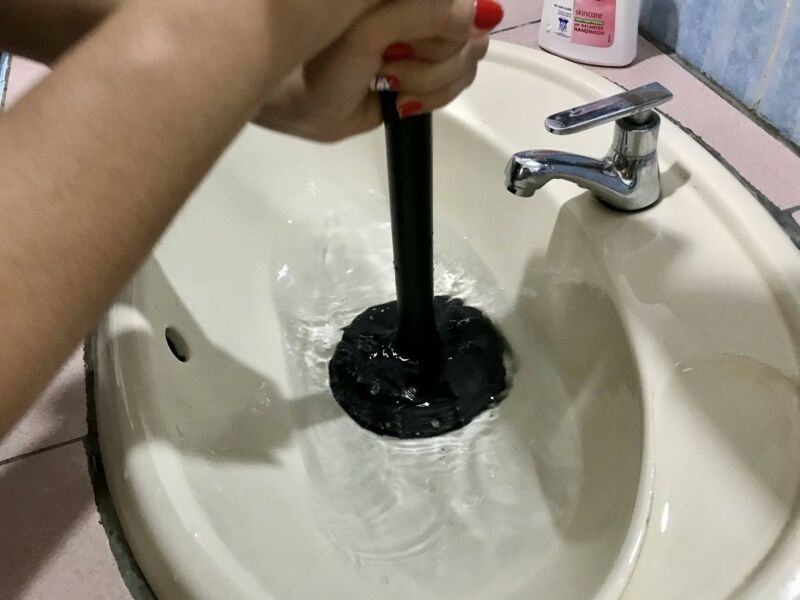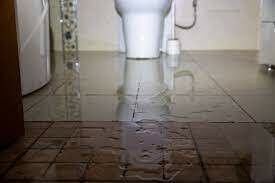
Introduction
Sewage backup is a serious issue that can cause extensive damage to your property and pose health risks. In crawl spaces, where plumbing systems are often located, sewage backup can be particularly challenging to handle. This article discusses the importance of preventing sewage backup in crawl spaces and highlights the need for professional sewage cleanup and restoration services.
The Dangers of Sewage Backup

Sewage backup is a hazardous situation that can lead to significant property damage and health risks. The sewage contains harmful bacteria, viruses, and other pathogens that can contaminate the air and surfaces in your property. Exposure to sewage can cause various health problems, including gastrointestinal issues, respiratory infections, and skin infections.
In addition to the health risks, sewage backup can also damage your property’s structure and belongings. The water from the backup can seep into the walls, floors, and furniture, leading to mold growth, rot, and deterioration. The unpleasant odor associated with sewage backup can also be challenging to remove, affecting the indoor air quality in your home or business.
Causes of Sewage Backup in Crawl Spaces
Understanding the causes of sewage backup in crawl spaces is crucial for taking preventive measures. Some common causes of sewage backup include:
1. Clogged or Damaged Pipes

Blocked or damaged pipes can result in sewage backup. Over time, pipes can become clogged with debris, grease, hair, or other foreign objects. Additionally, pipes can also get damaged due to corrosion or age. These blockages and damages can impede the flow of sewage, leading to backup issues.
2. Tree Root Intrusion
Tree roots can infiltrate sewer lines in search of water and nutrients. As the roots grow, they can cause blockages and damage to the pipes, resulting in sewage backup. Older homes with clay or cast-iron pipes are particularly vulnerable to tree root intrusion.
3. Heavy Rainfall
During periods of heavy rainfall, the volume of water entering the sewer system can exceed its capacity. This overflow can cause sewage to back up into crawl spaces and lower levels of buildings. Poorly designed or outdated sewer systems are more susceptible to this problem.
4. System Age and Deterioration
As plumbing systems age, the likelihood of issues such as pipe deterioration, joint failures, and offset connections increases. These defects can contribute to sewage backup in crawl spaces. Regular maintenance and inspections are essential for identifying and addressing these problems before they turn into emergencies.
Preventing Sewage Backup in Crawl Spaces
Taking preventive measures is crucial to avoid sewage backup in crawl spaces. Here are some tips to help you prevent this problem:
1. Regular Plumbing System Maintenance
Regular maintenance of your plumbing system can help identify potential issues before they cause sewage backup. Schedule inspections with a professional plumber to check for any signs of clogs, leaks, or damage. They can also perform preventative maintenance tasks like drain cleaning and pipe repairs.
2. Install Backflow Prevention Devices
Backflow prevention devices, such as check valves and backwater valves, are essential for preventing sewage from flowing back into your crawl spaces. These devices ensure that sewage only flows in one direction, away from your property. It’s crucial to have these devices installed by a qualified plumber to ensure proper functioning.
3. Proper Disposal of Grease and Waste
Avoid disposing of grease, oils, and other solid waste down the drains. These substances can accumulate in the pipes and contribute to clogs and sewage backup. Instead, dispose of them in the appropriate waste containers or recycling facilities.
4. Be Mindful of Tree Planting
When planting trees in your yard, consider their proximity to your sewer lines. Trees with aggressive root systems, such as willows or oaks, should be planted a safe distance away from the sewer lines to minimize the risk of root intrusion and potential damage.
The Importance of Professional Sewage Cleanup and Restoration
If you experience sewage backup in your crawl spaces, it’s crucial to seek professional sewage cleanup and restoration services. Attempting to clean up sewage on your own can put your health at risk and may not effectively remove all contaminants. Professional technicians have the necessary equipment, expertise, and safety protocols to handle sewage cleanup safely and thoroughly.
Professional sewage cleanup and restoration services include:
– Thorough cleaning and sanitization of affected areas
– Removal and disposal of contaminated materials
– Water extraction and drying
– Mold remediation, if necessary
– Repair or replacement of damaged plumbing components
– Odor removal and deodorization
FAQ
What are the common causes of sewage backups?
Why is professional sewage cleanup necessary?
Conclusion
Preventing sewage backup in crawl spaces is crucial for protecting your property and ensuring the health and safety of occupants. Regular maintenance, installation of backflow prevention devices, proper waste disposal, and mindful tree planting can help minimize the risk of sewage backup. In case of a sewage backup, it’s essential to seek professional sewage cleanup and restoration services to ensure a thorough and safe cleanup process.



